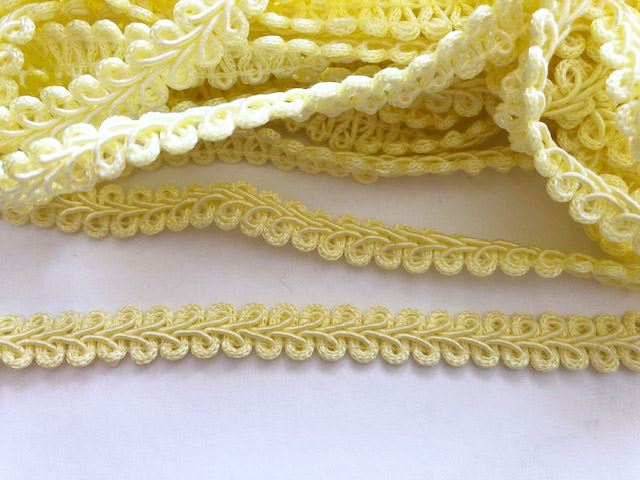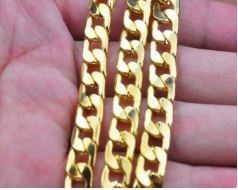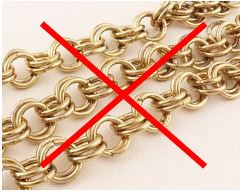MEMBER LOGIN Click the boxed arrow above if using a mobile device Click the 'person' icon below if using a laptop |
Sew-Alongs |
Couture Cardigan Jacket
 This Sew-Along is divided into 11 parts and is fairly labour intensive. It is designed for the confident sewist who wants to take their skills to the next level. You will make a classic cardigan-style jacket employing traditional couture methods.
This Sew-Along is divided into 11 parts and is fairly labour intensive. It is designed for the confident sewist who wants to take their skills to the next level. You will make a classic cardigan-style jacket employing traditional couture methods.
Supplies
- Vogue pattern V8804. If you choose another pattern, the construction sequence may not be exactly the same as in the instructions you receive. However, the basic principles will remain the same. Experienced sewists may be happy to cope with this. The Vogue pattern has the following design features. If you use another pattern, we recommend you look for the same features to produce the classic style of the cardigan jacket.
- Princess seams in front, coming from the shoulder
- Centre seam in back
- Side panels - no side seams
- 3-piece sleeve with button vent
- Fabric, lining, trim & buttons - a word about that a bit further down the page.
- Basting thread. This is a thicker thread that is not as strong as normal polyester thread. It tears much easier and is therefore easier to remove later on. We recommend getting 2 or 3 different colours. Spotlight sells Guterman basting thread.
- (Optional) If you are brave enough to try hand-stitched buttonholes, you will need silk buttonhole twist or topstitching thread to match your fabric.
- 1 metre silk organza (to be used as interfacing).
- Half metre of light-weight, crisp woven interfacing - NOT fusible.
- Clapper, sleeve roll and tailor's ham
- Chain for jacket hem
FABRIC
The most traditional choices are nubby tweeds and plaids, usually wool or wool blends. For warmer climates you can consider cotton or silk blend tweeds. Stick to natural fibres and fabrics that are not tightly woven. Steam is used to shape certain areas of the garment so synthetics or tightly woven fabrics are not appropriate,
Checks and plaids are frequently used for this jacket. However, that does introduce another element of complexity - you have to match the pattern in the fabric! If this is your first attempt at the couture cardigan jacket, we recommend a plain colour or a pattern that does not require matching. For those who have their heart set on a plaid, some very basic pattern matching instructions will be provided prior to cutting into your fashion fabric.
What to use for lining? As you are using natural fibres for the jacket, it is best to stick with natural fibres for lining. Silk charmeuse is a lovely choice. For something a bit more stable and easier to work with, silk dupion is a good option. Consider washing the dupion first. Washing it will change the 'hand' and the look of the silk. It will have a softer feel and a slightly creased look, even after ironing. It fives the fabric a 'vintage' look which is quite nice. If you have chosen a plain colour fashion fabric, think about a print for the lining - optional but a bit different.
TRIM AND BUTTONS
 Braid trim, also called gimp, is one of the most common trims for the cardigan jacket. It is also one of the easiest to apply as it can be shaped around corners and curves. The red jacket (above) has gimp trim.
Braid trim, also called gimp, is one of the most common trims for the cardigan jacket. It is also one of the easiest to apply as it can be shaped around corners and curves. The red jacket (above) has gimp trim.
Flat ribbons, such as grosgrain, can also be used but it is best to stick to a narrow width (no more than 1 cm or 3/8") as the tightly woven edges mean they are less flexible around curves.
Fringe made with self-fabric is also very popular, and easy to apply. Usually the fringe is combined with a braid, ribbon trim or gimp.
Buttons, combined with the trim, can turn an ordinary jacket into something special. It's worth the extra money required to purchase quality buttons. Refer to your pattern instructions for the size and number of buttons required.
CHAIN
The hem of the jacket is weighted with chain to control the drape of the garment. Finding the right chain, at the right price, can be difficult. Too light and it does not serve its purpose' too heavy and it creates drag rather than drape. It also needs to lie flat agains the hem so you need to avoid chains that have a twisted link.




